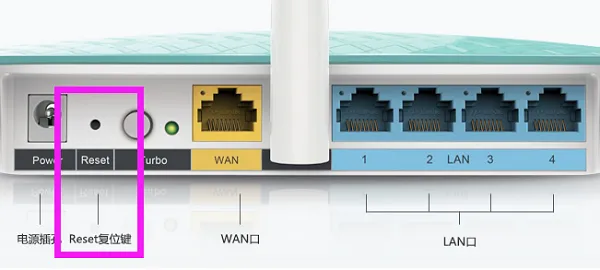在Java中,要实现单例模式,可以使用懒汉式(Lazy Initialization)或饿汉式(Eager Initialization)。这里我将为您展示如何使用静态变量实现懒汉式单例模式。
public class Singleton {
// 使用volatile关键字确保多线程环境下的正确性
private static volatile Singleton instance;
// 将构造方法设为私有,防止外部实例化
private Singleton() {
// 防止通过反射创建多个实例
if (instance != null) {
throw new RuntimeException("Use getInstance() method to get the single instance of this class.");
}
}
// 提供一个静态方法获取唯一的实例
public static Singleton getInstance() {
// 双重检查锁定(Double-Checked Locking)
if (instance == null) {
synchronized (Singleton.class) {
if (instance == null) {
instance = new Singleton();
}
}
}
return instance;
}
}
在这个实现中,我们使用了volatile关键字确保多线程环境下的正确性。getInstance()方法首先检查实例是否为空,如果为空,则进入同步块。在同步块中,再次检查实例是否为空,如果仍然为空,则创建一个新的实例。这样可以确保在多线程环境下,只有一个实例被创建。

 便宜VPS测评
便宜VPS测评






